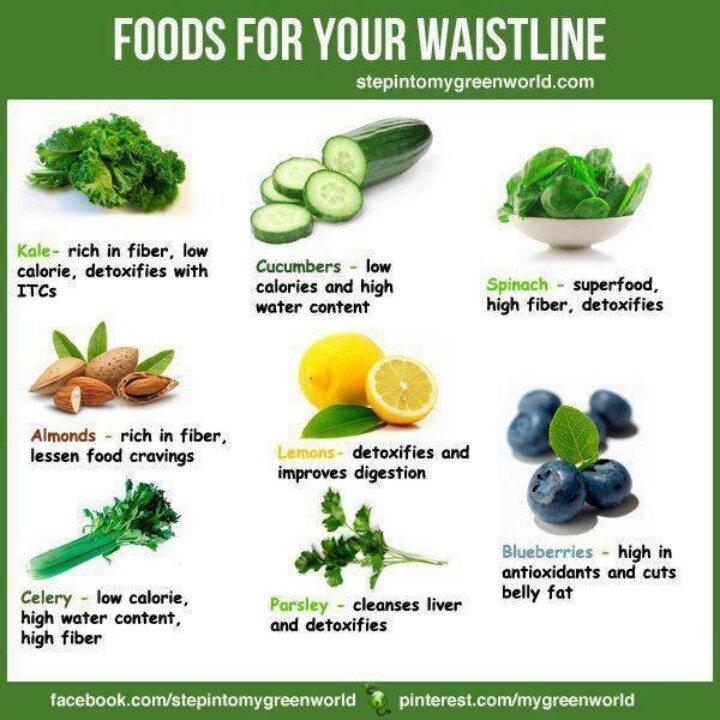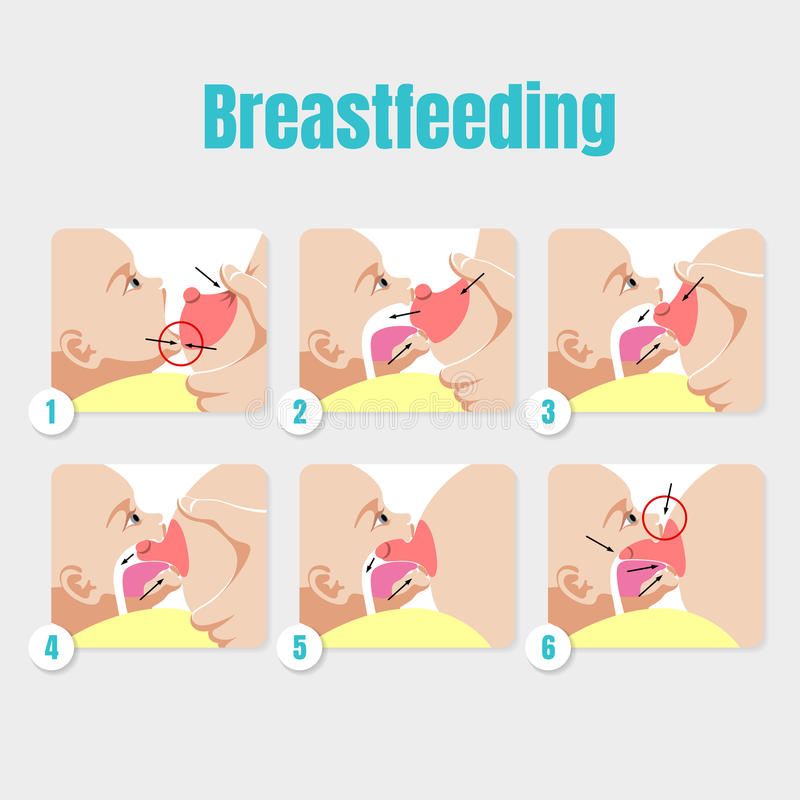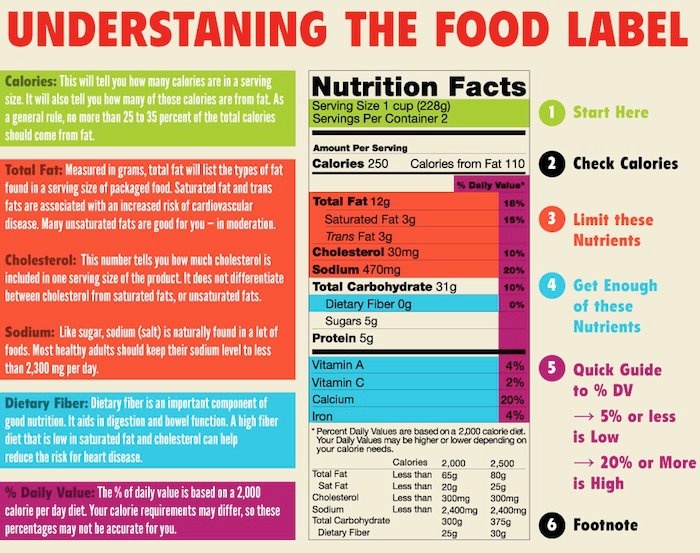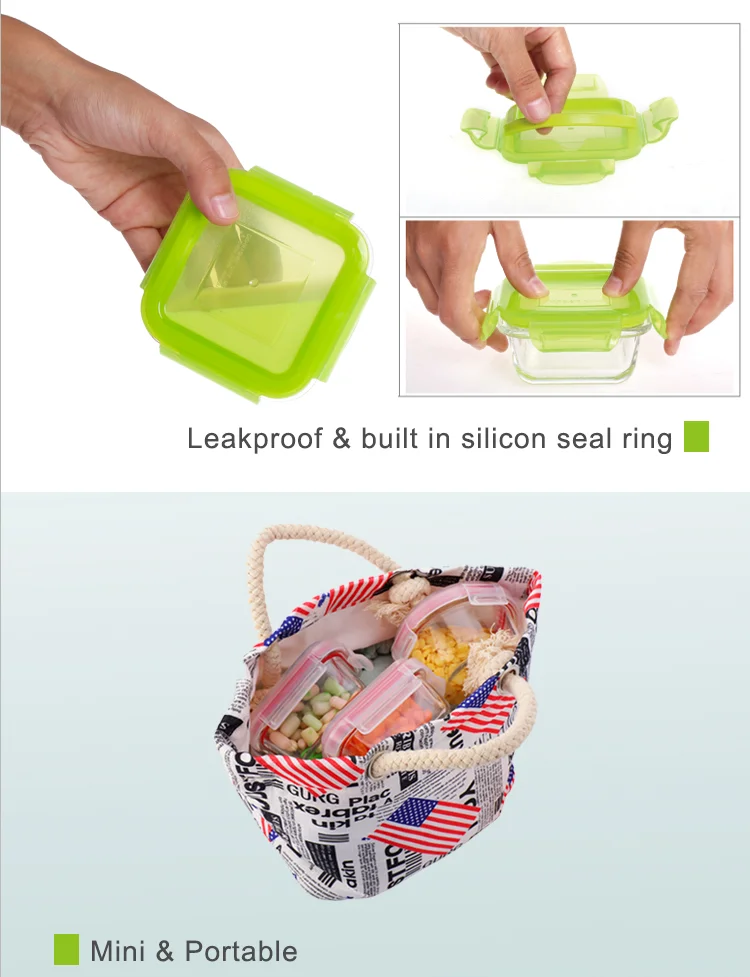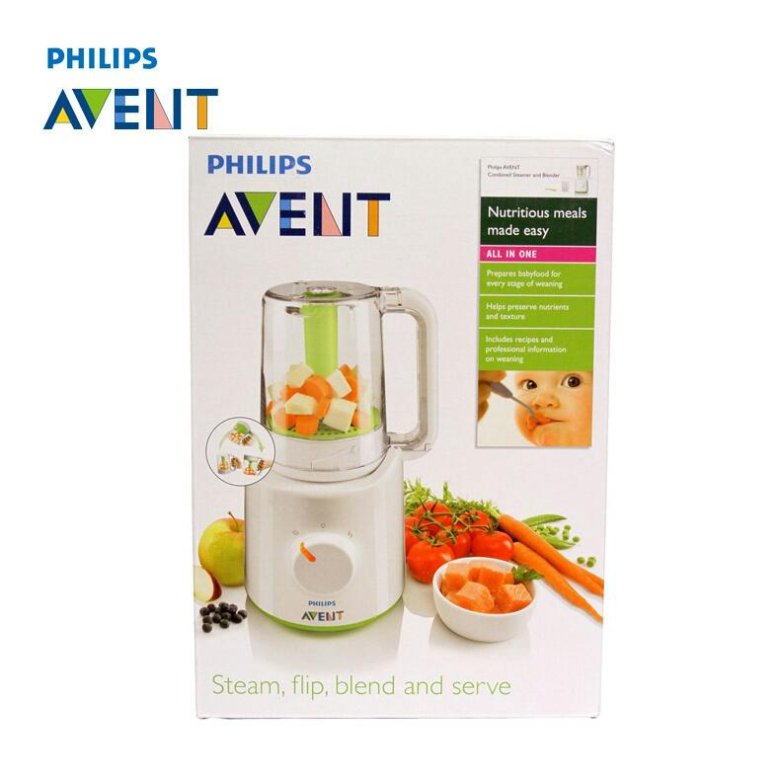Do you peel zucchini for baby food
How to Make Zucchini Baby Food
Are you wanting to give your baby the most nutritious baby food possible? Then make your own! Find out here how to make your own zucchini baby food!
This site contains affiliate links. If you make a purchase using one of these links, I may earn a commission. Please visit my disclaimer page for more information about cookies collected and our privacy policy.
Zucchini Baby Food
When it comes to our children, we as moms want to give them the best! We want them to be healthy and we want them to have the best start at life possible!
A great way to give your baby the best optimal start is to make your own baby food! Unfortunately store bought baby food can be laden with chemicals and other nasty ingredients.
Making your own baby food fresh is a great way to not only avoid these nasty ingredients, but to give your baby the freshest, most nutritious food possible!
When all four of my children were babies I made my own baby food for them. If you have never done it before, then don’t worry, it’s very easy! I’ll walk you step by step through the entire process:)
And I know it sounds time consuming, but it’s really not. You can make up a whole months worth of baby food in just a few hours!
Making Zucchini Baby Food
Zucchini are very nutritious!
They contain vitamin C, Manganese, Vitamin B-6, Vitamin K, Zinc, Iron and more!
The majority of the nutrients are found in the peels.
Even as your baby gets older zucchini should still be an important part of their diet.
When you child is old enough to chew and eat larger items, you can grate the zucchini, and then when they are even older you can cut zucchini into sticks for them to eat by themselves!
But for now, when they are still little, we want to make the zucchini into baby food to prevent choking.
How to Make Zucchini Baby Food
So let’s get started and go make some zucchini baby food!
The only ingredients that you will need for this recipe are zucchini, and a little filtered or reverse osmosis water.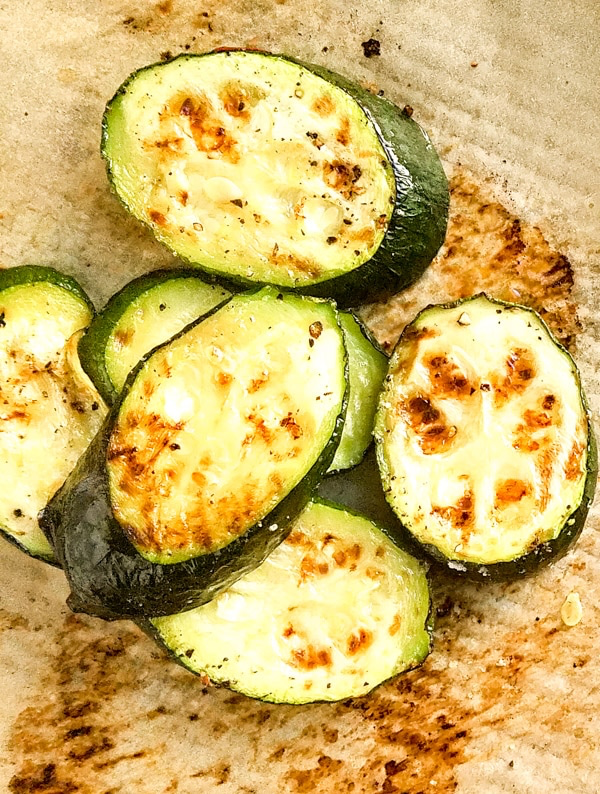
As with all veggies for baby, I recommend only buying organic zucchini.
You want to choose zucchini that are bright green. They should feel firm and heavy, but should be tender enough that you could puncture the skin easily.
The best zucchini for baby are smaller in size so that they are not too tough. About six inches long is a good size to look for.
How to Prepare Zucchini for Baby Food
The first step is to wash the zucchini.
You also need to cut off and throw away the ends.
If the zucchini are small you can cook them whole. If they are a little on the larger size, or if you would like them to cook a little faster you can cut them into even slices.
Should I Peel Zucchini for Baby Food?
As I already mentioned, the majority of the nutrients are found in the peels.
So you do not want to peel the zucchini. Leave the peels on so that your baby can benefit from the wonderful nutrients found in them!
This is also another good reason to buy organic zucchini. Buying organic zucchini means that you do not have to worry about harmful pesticides being present on the zucchini peels.
Buying organic zucchini means that you do not have to worry about harmful pesticides being present on the zucchini peels.
How Do You Cook Zucchini for Baby Food?
There are a couple of healthy options when it comes to cooking zucchini for baby food.
My favorite method for cooking zucchini is to steam it. Mainly because that’s what I’m used to doing when preparing zucchini for myself.
But zucchini can also be baked, which doesn’t require any water.
How to Bake Zucchini
Baking zucchini is very easy.
Simply place zucchini in a covered baking dish and bake at 350 degrees for about 25 minutes.
It’s that easy!
How to Steam Zucchini for Baby Food
Steaming zucchini is really just as easy and actually faster as far as cooking time.
To steam zucchini, simply add water to the bottom of the steamer, put the steamer basket in place, and add your zucchini to the basket.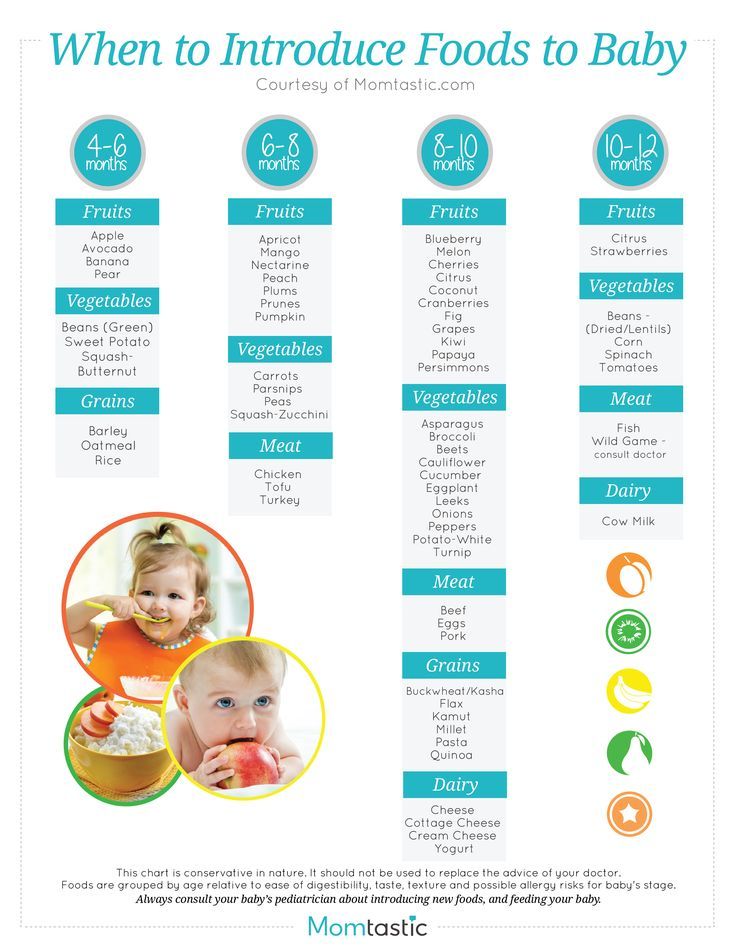 Place the lid on and turn on the burner.
Place the lid on and turn on the burner.
Once steam begins to build up you want to steam whole zucchini for about 10-15 minutes, and sliced zucchini for about 5-8 minutes.
How to Make Zucchini Into Baby Food
To transform zucchini pieces into baby food you need to puree them.
I highly recommend purchasing a Vitamix Blender to make your baby food with. It is one of the best blenders and will blend baby food to a super smooth consistency to insure that you do not end up with zucchini chunks in the baby food that baby can choke on.
This is the only blender that I will use when pureeing not only baby food, but other recipes such as Sweet Potato Pie or Apple Butter as well!
It is the best! And it lasts FOREVER! I have had my Vitamix for over a decade and it’s still going strong and purees foods just as good as the day I got it! Definitely worth investing in!
Zucchini Baby Puree
So add the zucchini to the blender.
I usually fill mine about 1/3 full at a time and blend in batches to help speed the process up. You may also need to add a little water at this time.
If you want to add back in some of the nutrients that were lost during steaming you can use the water that you used to steam the zucchini. Just be sure that you use a good quality filtered or RO water when you steam them.
Start with a few tablespoons of water as you can always add more. If the zucchini gets too thick it will not blend well. So keep stopping and scraping down the sides of the blender as needed and adding water until all the zucchini are smooth and well blended.
You want it to be somewhat thick and not runny, so don’t add too much water. You basically only want to add as much water as is needed to help the blender out. Otherwise the zucchini will just stick to the sides and won’t fall down to the blades.
Once all the zucchini is blended to a super smooth consistency you have baby food! Yep, it’s that easy!
How to Store Homemade Baby Food
But wait, we’re not done yet!
What are you supposed to do with this large batch of zucchini baby food? I mean, as good as zucchini are for you, your baby isn’t going to eat the whole batch at once;)
Like I mentioned above you can make a LOT of baby food in a short amount of time.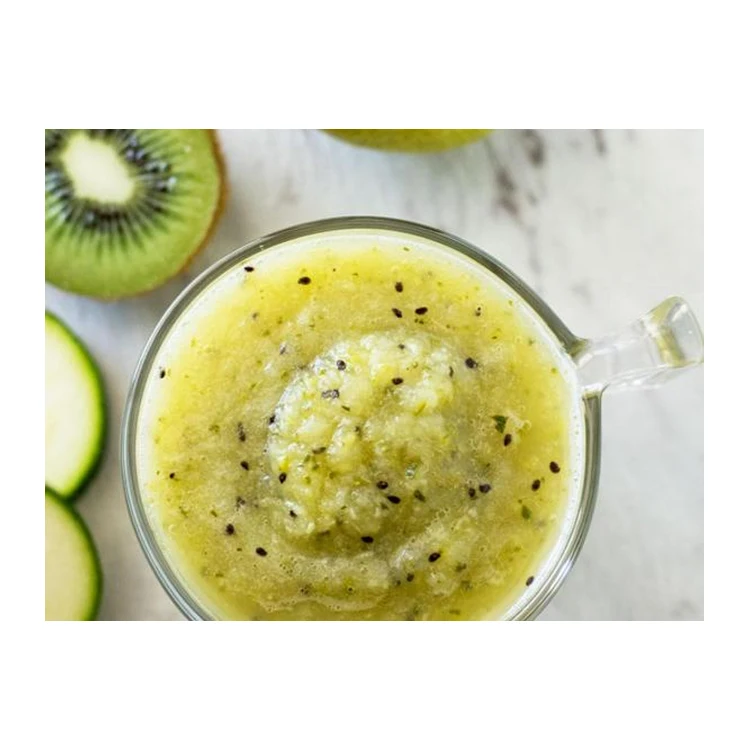 The key is to freeze the zucchini puree that you won’t be using in the next couple of days for later.
The key is to freeze the zucchini puree that you won’t be using in the next couple of days for later.
However, you don’t want to freeze it all together. You want to be able to freeze it in serving sizes so that you can easily thaw out and use a small amount at a time. This way you can have baby food for a month or more!
Zucchini Baby Food Freezing
To freeze baby food efficiently you really need to get these baby food cube trays. They’re kind of like ice cube trays that have lids.
Simply scoop the pureed zucchini into the trays, place the lid on, and put it in the freezer. Once they are completely frozen you can pop them out and store them in freezer bags that are labeled with the date made.
Now you have a large supply of ready made, single serving, zucchini baby food cubes! How easy is that?!
How to Thaw Frozen Baby Food
When it comes time to use your frozen zucchini cubes you need to be sure that they are thawed in advance.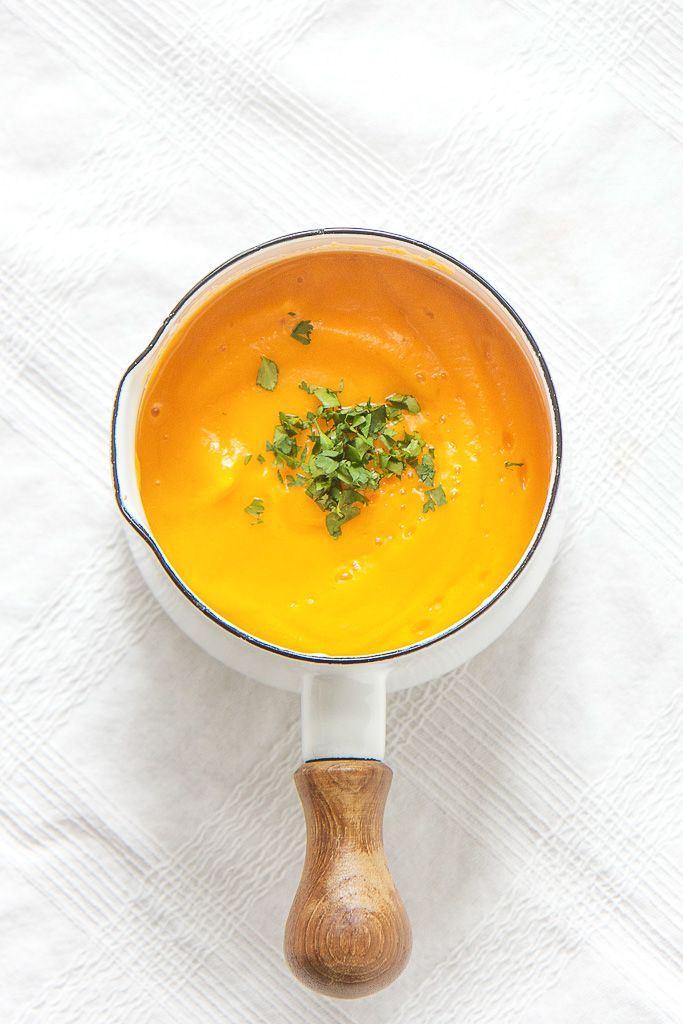
There are a couple of different ways to thaw out zucchini baby food.
The easiest is to put it in a bowl with a lid the night before and let it thaw in the fridge. That way the next day it will be soft and ready to use.
However, I know from experience, that this isn’t always an option! There were many times that I forgot to lay my baby food out and had to do it just before serving it.
I really don’t recommend thawing baby food in the microwave. Not only does it leave hot spots in the baby food that can burn your baby, but it also is bad for the baby food! You can read here about the dangers of microwaves and why I don’t have one.
So, the best way to thaw frozen baby food cubes quickly is to fill a bowl that is a little larger than the bowl holding the baby food with hot water. Sit the bowl with the cubes in the hot water. The heat will be enough to cause the cubes to melt.
You might have to change the water a few times and add fresh hot water as it gets cold.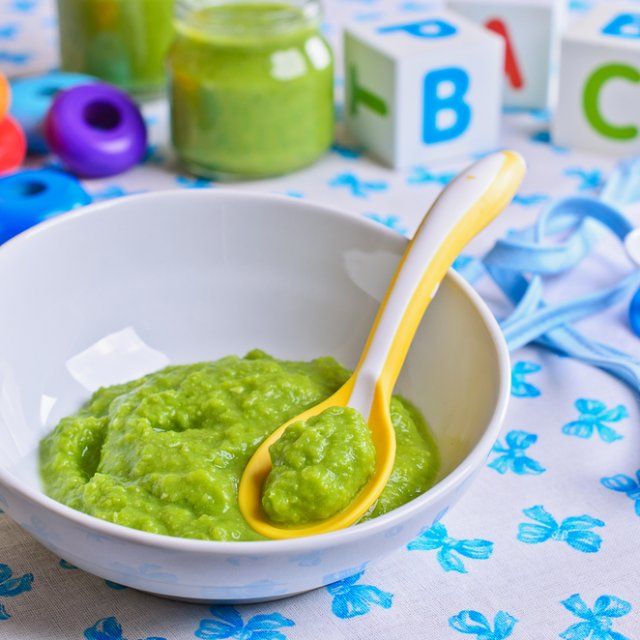 Also occasionally turn the cube and break it up as it gets softer to help speed up thawing.
Also occasionally turn the cube and break it up as it gets softer to help speed up thawing.
I know this might seem like a pain, but it’s the best way to thaw the cubes so that they don’t get too hot for baby and the best way to preserve the nutrients in the food that you worked hard to make!
Be sure to test the thawed zucchini to be sure that they are not too hot before feeding it to your baby.
And that’s how you make homemade zucchini baby food!
Now the only thing left to do is to serve it to your little one:) I hope they enjoy it as much as you enjoy giving your baby the healthiest food possible!
Baby Food Recipes
For additional baby food recipes be sure to read:
How to Make Spinach Baby Food
How to make Green Bean Baby Food
How to Make Sweet Potato Baby Food
How to Make Avocado Baby Food
How to Make Carrot Baby Food
How to Make Butternut Squash Baby Food
How to Make Plum Baby Food
How to Make Banana Baby Food
How to Make Pear Baby Food
Zucchini Baby Food Recipe
Prep Time 10 minutes
Cook Time 10 minutes
Additional Time 15 minutes
Total Time 35 minutes
Ingredients
- Organic Zucchini
- Filtered or RO Water
Instructions
How to Bake Zucchini
- Simply place zucchini in a covered baking dish and bake at 350 degrees for about 25 minutes.
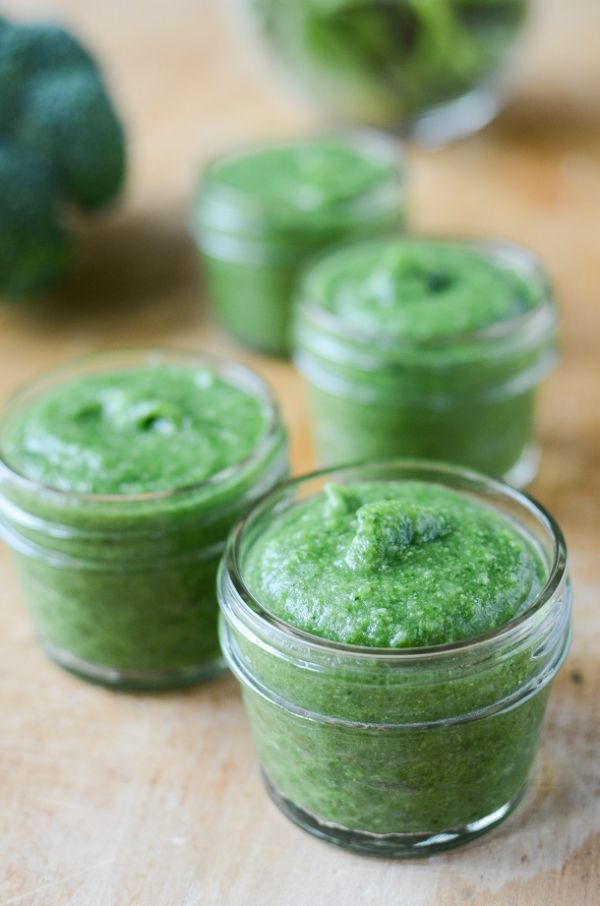
How to Steam Zucchini for Baby Food
- To steam zucchini, simply add water to the bottom of the steamer, put the steamer basket in place, and add your zucchini to the basket. Place the lid on and turn on the burner.
- Once steam begins to build up you want to steam whole zucchini for about 10-15 minutes, and sliced zucchini for about 5-8 minutes.
Zucchini Baby Puree
- Fill blender about 1/3 full with zucchini. If needed add a little water.
- Start with a few tablespoons of water as you can always add more. If the zucchini gets too thick it will not blend well. So keep stopping and scraping down the sides of the blender as needed and adding water until all the zucchini are smooth and well blended.
- You want it to be somewhat thick and not runny, so don't add too much water. You basically only want to add as much water as is needed to help the blender out. Otherwise the zucchini will just stick to the sides and won't fall down to the blades.

- Once all the zucchini is blended to a super smooth consistency you have baby food! Yep, it's that easy!
Zucchini Baby Puree - Healthy Little Foodies
All Posts, by Date » Baby Friendly Recipes » Puree Recipes » Zucchini Puree
Jump to Recipe Print Recipe
This zucchini (courgette) baby puree is mild tasting and a great first stage puree. Serve it as it is, mix with other purees or add fresh herbs for flavour.
Reasons to Love this Puree
- TEXTURE – Zucchini (courgette) has a high water content which makes the puree nice and thin and easy for your baby to swallow. It is fantastic for thinning out thicker vegetable/meat purees.
- TASTE – Zucchini has a delicate flavour making it a great first taste food. It combines well with a range of vegetables, meats and is a good canvas for experimenting with different herbs and spices.

- NUTRITION – Zucchinis are a good source of vitamins and minerals including beta carotene (which converts to vitamin A), vitamin C, Vitamin B6, folate, vitamin K, potassium, phosphorus, magnesium and calcium.
- FREEZER FRIENDLY – Prep ahead for busier nights.
Watch How to Make it (Video)
Zucchini is the only ingredient needed to make zucchini puree. Due to their high water content, no extra liquid is needed.
Basil (or herb of choice) adds flavour, try serving it with and without herbs to provide your baby with a variety of flavours.
How to Choose and Store Zucchini
- Look for zucchinis that are small to medium-sized (no larger than 15 – 20cm (6 to 8 inches)), larger zucchinis tend to be more watery, flavourless and have larger seeds.
- Choose zucchinis with vibrant, smooth skin free of nicks and cuts.
- Ensure your zucchinis are dry and store them in the vegetable drawer of your refrigerator.
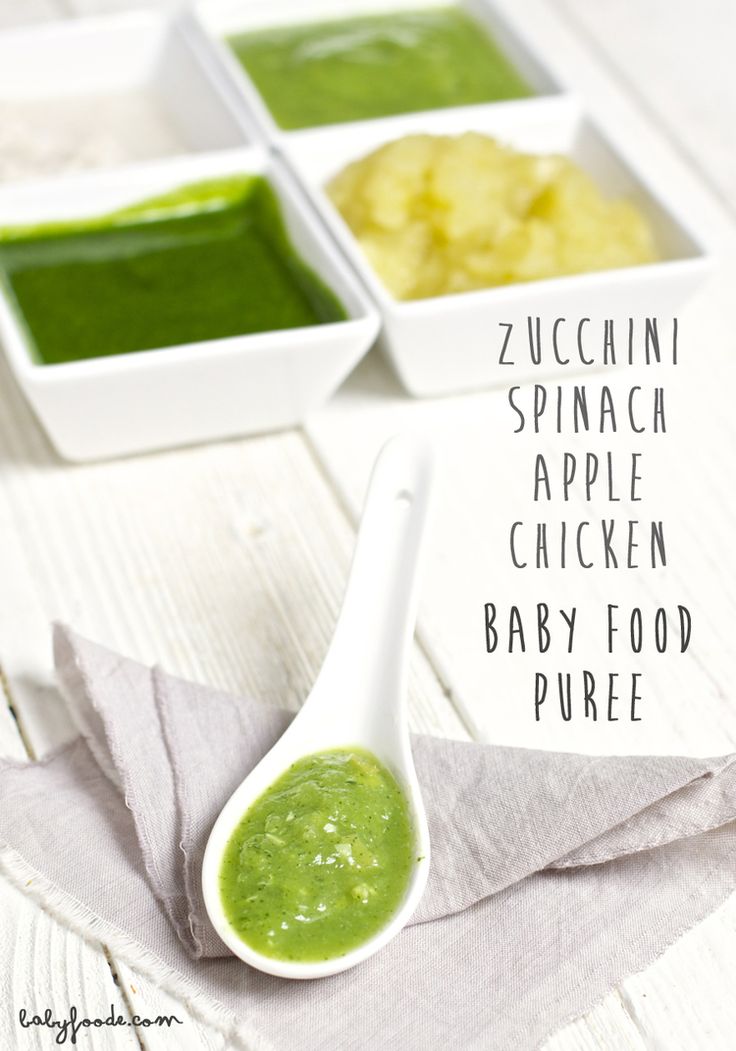 Do not wash them until just before using. Avoid wrapping in plastic bags, as they can cause excess moisture and the zucchini can get soft/slimy.
Do not wash them until just before using. Avoid wrapping in plastic bags, as they can cause excess moisture and the zucchini can get soft/slimy.
Process Shots and Cooking Tips
- WASH & SLICE: Wash, top and tail the zucchini. Cut zucchini in half lengthwise and then slice.
- STEAM: Steam for around 8-10 minutes or until soft and tender.
- MASH / PUREE: Puree smooth or mash to offer your baby a more textured puree. It is always good to start adding texture and not only offer smooth purees.
Zucchini Baby Puree Combinations
Zucchini has quite a mild flavour and is a good canvas for adding other flavours. Good partners with zucchini include:
- corn puree
- pea puree
- eggplant puree
- butternut squash puree
- bell pepper
- lentil puree
- eggs
- chicken puree
- mashed potato
- sweet potato puree
Try changing up the flavour by adding…
- basil
- garlic
- lemon
- marjoram
- onion
- parsley
- thyme
Storage Instructions
Store in the refrigerator for 2 days or freeze for up to two months.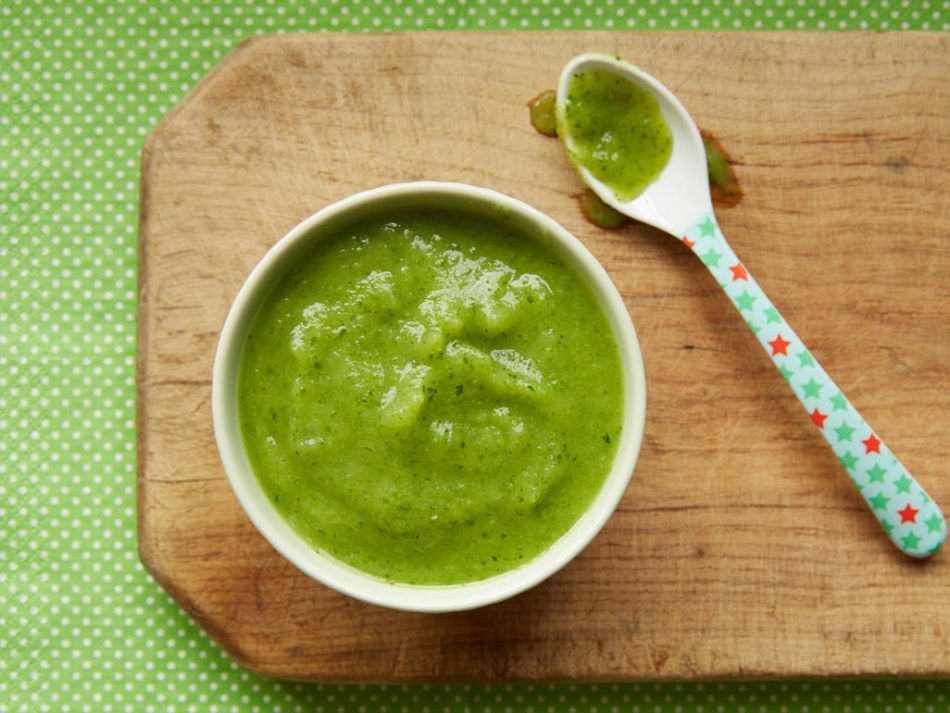 Read more on how to safely store baby food.
Read more on how to safely store baby food.
Frequently Asked Questions
Is zucchini a common food allergen?
Zucchini is not a common allergen although cases of zucchini allergy have been reported. (1)
What age is this puree suitable from?
Zucchini puree can be introduced once your baby is ready to start solids, which is generally around 6 months of age. It is a great stage one/first tastes puree.
Should I peel the zucchini skin?
No, there is no need to peel the skin. When zucchini is cooked the skin is soft and perfectly edible. Most of the nutrients in zucchini are contained in the peel so it is best to leave it on.
Do I need to remove the seeds?
No, the seeds in zucchini are very soft and are easily pureed/mashed.
Looking for zucchini finger food ideas? Why not try
- Zucchini Bites
- Zucchini Muffins
- Zucchini Fritters
Looking for more healthy kid recipes?Sign up for my free recipe newsletter to get new family friendly recipes in your inbox each week! Find me sharing more kid-friendly inspiration on Pinterest and Instagram.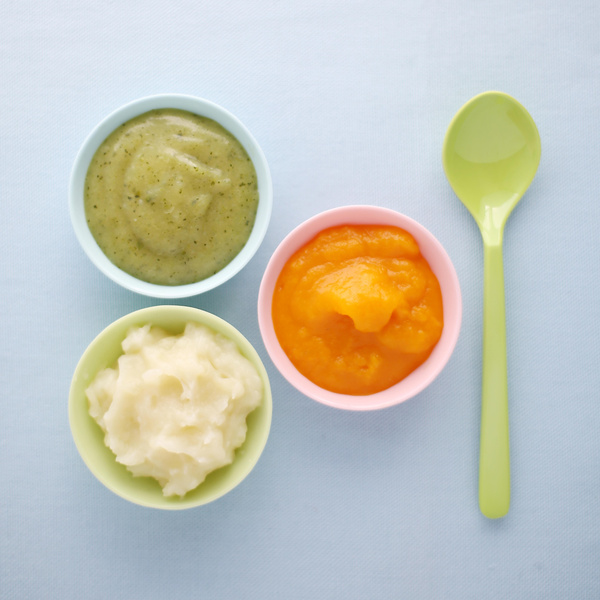
5 from 1 vote
Zucchini (Courgette) Puree
Zucchini steamed and pureed. Delicious on its own or mixed with other purees.
Print Recipe Pin Recipe
- ▢ 2 medium zucchinis
- ▢ 1 or 2 basil leaves (optional)
Wash and remove the ends of the zucchinis. Slice into rounds.
Steam the zucchini for 8-10 minutes or until soft.
Add cooked slices to a blender along with the basil. Blend until smooth.
Basil is optional or can be replaced with a different herb such as parsley or thyme.
As babies age, you want to add more texture. This puree can be easily mashed for a chunkier texture.
I find you need 2 zucchinis for a larger blender to blend properly. If you have a smaller blender or plan to mash then you can half the recipe.
Nutritional information is a rough guide only, calculated using an online nutrition calculator.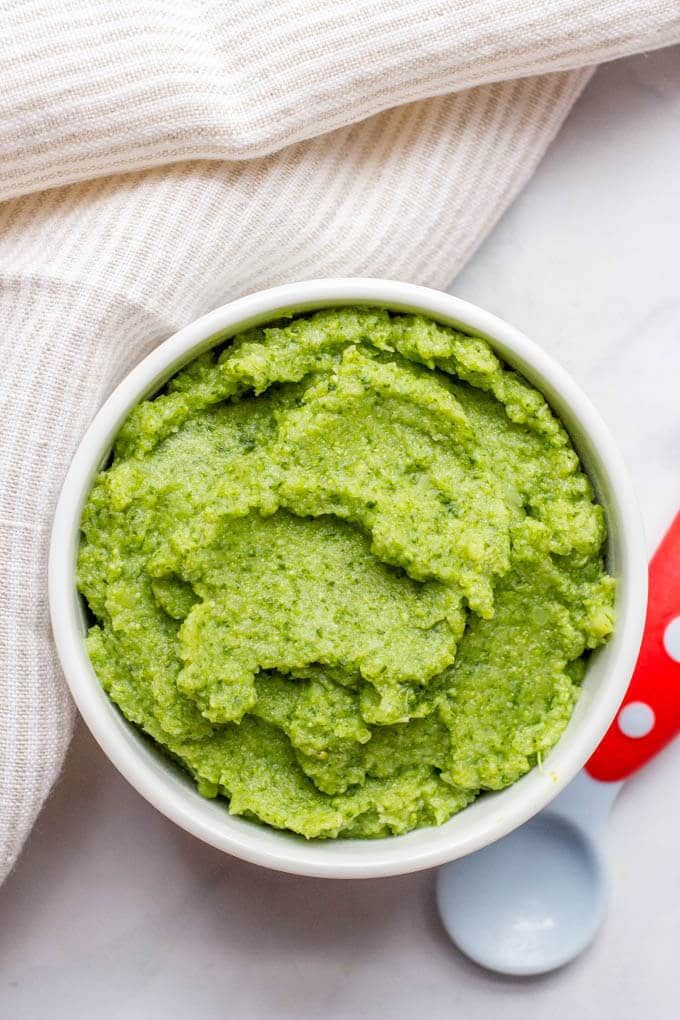
Nutrition Facts
Zucchini (Courgette) Puree
Amount Per Serving
Calories 7 Calories from Fat 9
% Daily Value*
Fat 1g2%
Saturated Fat 1g5%
Polyunsaturated Fat 1g
Monounsaturated Fat 1g
Sodium 3mg0%
Potassium 103mg3%
Carbohydrates 1g0%
Fiber 1g4%
Sugar 1g1%
Protein 1g2%
Vitamin A 83IU2%
Vitamin C 7mg8%
Calcium 6mg1%
Iron 1mg6%
* Percent Daily Values are based on a 2000 calorie diet.
Course:Baby Food
Cuisine:Puree
Keyword:Courgette Puree, Zucchini Puree
Did you make this recipe?Mention @WPRecipeMaker or tag #wprecipemaker!
References
- Reindl, J.
 , Anliker, M. D., Karamloo, F., Vieths, S., & Wüthrich, B. (2000). Allergy caused by ingestion of zucchini (Cucurbita pepo): Characterization of allergens and cross-reactivity to pollen and other foods. Journal of Allergy and Clinical Immunology, 106(2), 379–38
, Anliker, M. D., Karamloo, F., Vieths, S., & Wüthrich, B. (2000). Allergy caused by ingestion of zucchini (Cucurbita pepo): Characterization of allergens and cross-reactivity to pollen and other foods. Journal of Allergy and Clinical Immunology, 106(2), 379–38
Disclaimer: This guide is for informational purposes only. It is not intended to replace the personalised care and advice given to you by a health professional. You should never disregard professional medical advice or delay in seeking it because of something you have read or seen here. Please refer to our full disclaimer for more info.
Meet Amy
Amy Whiteford runs the blog Healthy Little Foodies. She is a mum to two, has a BSc (Hons) Food Science, PGDE Primary Education and a Certificate in Childhood Nutrition. She uses her experience and knowledge to create healthy and delicious recipes for kids. Explore the site for creative ideas, tips, and inspiration! Read more
How to raise a Healthy Little Foodie
Receive family friendly recipes, delivered weekly to your inbox, for FREE! And receive this FREE ebook - "How to Raise a Healthy Little Foodie"
Reader Interactions
Zucchini puree for the first feeding
The introduction of zucchini in the first feeding is recommended by WHO, and zucchini puree for feeding the baby can be prepared without any problems yourself. There is nothing complicated in growing zucchini and the mature fruits of many varieties can be stored throughout the entire frosty period. The pulp of the fruit with elementary heat treatment retains its beneficial properties and is easily absorbed by the child's body even from an early age.
There is nothing complicated in growing zucchini and the mature fruits of many varieties can be stored throughout the entire frosty period. The pulp of the fruit with elementary heat treatment retains its beneficial properties and is easily absorbed by the child's body even from an early age.
Contents
- How to cook courgettes for the first feeding
- Courgettes for complementary foods in baby food
- Composition of marrow
- Benefits of zucchini for children and adults
How to prepare zucchini for first feeding
If you decide to start feeding your baby, start with zucchini. It will be the best addition to breast milk or adapted formula. Zucchini is a hypoallergenic product and contains a large amount of nutrients needed by the child.
Zucchini puree recipe
Cooking zucchini puree for the first feeding at home. Of the ingredients you need only zucchini and water. Let's start by rinsing the zucchini under cool running water.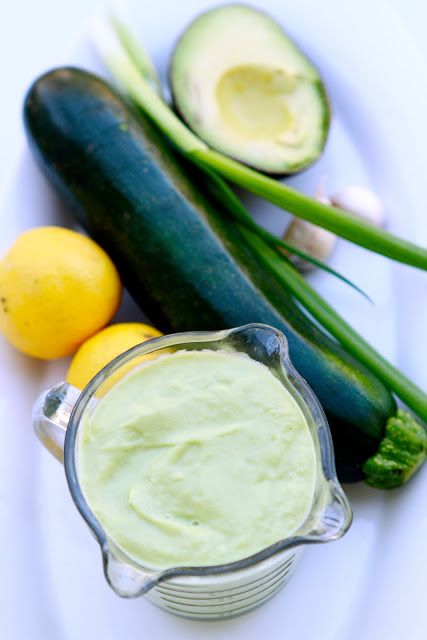 Peel off the skin and cut into cubes. Next 2 options. Either put it in boiling water, cook the zucchini for 6-10 minutes, while retaining the benefits of vitamin C. Or steam it, which will undoubtedly be tastier and healthier. Then we wipe through a sieve or grind with a blender.
Peel off the skin and cut into cubes. Next 2 options. Either put it in boiling water, cook the zucchini for 6-10 minutes, while retaining the benefits of vitamin C. Or steam it, which will undoubtedly be tastier and healthier. Then we wipe through a sieve or grind with a blender.
You need to start complementary foods with one teaspoon, gradually day after day, increasing the number of spoons. It is important to introduce your child to this product at a very young age. When the child grows up, he will also need nutrients. And you can spoil him with many different zucchini dishes.
How to cook zucchini correctly and how much
For the first feeding, it is recommended to boil zucchini for up to 10 minutes. Usually this time is enough to soften the cut pieces. Do not forget that the longer the heat treatment of the vegetable takes place, the less vitamins and useful trace elements remain. Then everything is thoroughly crushed into puree and the first complementary foods are ready. Depending on the period of introduction of the puree to the baby, you can add a little vegetable oil to the puree if the mass of the portion of the puree has reached 100 g (usually on the 6th-7th day of feeding).
Depending on the period of introduction of the puree to the baby, you can add a little vegetable oil to the puree if the mass of the portion of the puree has reached 100 g (usually on the 6th-7th day of feeding).
For the preparation of mashed potatoes, babies need to select only young and fresh zucchini fruits: without rot, cracks and dents. The fruit is thoroughly washed under running water. Then its lateral parts are cut off: the tail and the “butt”; peel is removed. The zucchini is cut lengthwise into several parts, from which the central soft part with seeds is removed. The remaining parts are cut into cubes. If the vegetable is bought at the market or in a store, it is recommended to soak the zucchini in clean water for about 2 hours to remove unnatural trace elements from the fruit in the form of fertilizers and pesticides.
How to freeze and defrost zucchini? Cooked cut fruit cubes in the right amount are placed in plastic bags or containers, and then in the refrigerator. For the preparation of frozen fruit puree, it is recommended to use a defrosted vegetable. To speed up the process, bags or containers with zucchini are placed in water at room temperature or under running tap water. After 1-2 hours, you can start cooking according to a known scheme.
Squash for complementary foods in baby food
Squash is widely used in baby food for its unique properties. In addition, vegetable squash purees are considered the most popular when introducing the first complementary foods to a child. One-component zucchini puree manufacturers recommend using for children from 4 months.
Table of the introduction of the first complementary foods with zucchini according to WHO recommendations
Baby food recommended for the first complementary foods includes Heinz zucchini puree, which additionally includes corn flour and water. A similar product is Hipp zucchini puree, which contains coarse rice flour. These products are sold in glass jars with a net weight of 80 grams, and the puree contains no salt, sugar, starch, preservatives or dyes.
At a later age, in baby food, zucchini is used with vegetables, fruits, cereals and meat. For children over 5 months:
- Frutonyanya Broccoli and Zucchini Puree
- Puree Frutonyan zucchini and potatoes
- Frutonyanya puree cauliflower and marrow
- Puree Frutonyanya apples and zucchini
- Frutonyanya zucchini-oatmeal puree
- Gerber potato and courgette puree
- Puree Gerber apples and zucchini
Children's puree Tyoma beef with zucchini is recommended to try not earlier than 6 months from birth.
Ingredients of zucchini
Zucchini is a source of substances that have a beneficial effect on digestion. They contain a small amount of calories when cooked (20 to 25 kcal per 100 grams), so you can use them in food during therapeutic diets.
Fruits contain not only carbohydrates, fats and proteins, but also useful trace elements: sodium, iron, magnesium, zinc, iodine. In addition, the composition contains vitamins of groups B, C, E, H, PP, A.
Benefits of zucchini for children and adults
Zucchini has a very pleasant taste. Doctors advise them to use those who have undergone surgery on the stomach or intestines. I would like to mention that these fruits are very useful for those who suffer from edema.
Zucchini juice for men and women can help with obesity. Helps the body to get rid of toxins and slags, relieves constipation well, strengthens the heart. The glycogen in them has a positive effect on the activity of the liver. Zucchini significantly improves blood formation, helps to restore strength after prolonged exertion. Zucchini seeds will help get rid of worms. With hepatitis, regular consumption of zucchini will lead to a significant improvement in well-being.
Thus, the use of zucchini in the first feeding is the best option for both the child and the parents (of course, excluding the case of his individual intolerance).
Baby food with zucchini - ideal complementary foods
Introducing a child to "real" food begins with the first complementary foods. First you need to decide which product to offer the baby without the risk of causing allergies or indigestion.
Contents
- When to start complementary foods
- Where to start complementary foods
- Vegetables or cereals?
- How to introduce complementary foods without problems
- Scheme of vegetable feeding
- Why zucchini
- Home kitchen or Bank puree of zucchini
- How to choose the ideal can of puree
- Assortment of baby food 9000,
- Puree puree with additives of 9000 9000 9000 9000 9000 9000 9000 9000 9000 9000 The ideal food for an infant is mother's milk, which contains everything that a child needs for normal development. But six months or a little more time passes, and one milk is no longer enough for a rapidly growing cub. This means that it's time to introduce complementary foods - the first real food, with which the little man's acquaintance with "adult" products will begin.
- The child turns his head well and sits with support
- He has doubled his weight
- He opens his mouth when you bring a spoon and swallows food instead of trying to spit it out
- Vaccination given or due within two weeks
- Fever
- Stomach upset or other ailment
- Hot weather
- The first portions should be very small - half a teaspoon of warm puree.
- Dilute puree with breast milk so that the taste of food is familiar to your baby.
- If you decide to make your own food, do not salt it.
- Food must be single-ingredient. This is necessary to track the reaction of the body to a new product. By gradually adding the ingredients, you will not miss the moment when the baby has an allergy or intestinal upset.
- Heat the puree to 40°C in a steam bath or warm water. It is not necessary to heat the entire jar of baby food for the sake of 1-2 spoons - set aside the required amount of puree in a glass container. Scientists do not confirm rumors about the dangers of microwaves, but pediatricians never advise this method of heating.
- Give solid foods at the same time in the morning to see how your baby reacts throughout the day.
- Spoon mashed zucchini vegetable puree into your baby's mouth to release the saliva needed for digestion.
- Gradually, mashed potatoes and cereals will replace mother's milk from the diet, after the introduction of meat and fish into the diet, squash puree will be a side dish.
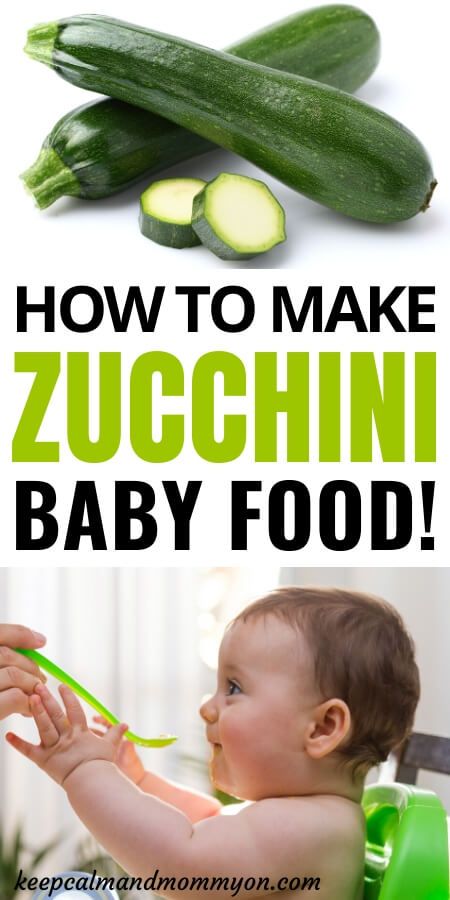
- Complementary foods should be given before breastfeeding.
- 93% water
- 0.5% protein
- 6% carbohydrates
- less than 0.1% fat
- B vitamins
- Useful acids: nicotinic, folic and ascorbic
- A set of microelements
- strengthen the immunity
- stimulate the production of enzymes
- normalize the intestinal motor skills
- Promotes the bloodstorming and development of the nervous system
- The first thing you need to pay attention to is the one-component. There should only be a zucchini in a jar.
- The composition does not contain additives - salt, sugar, starch, etc.
- On each jar, the manufacturer indicates the age of the child for whom the food is intended. Consider these recommendations.
When to start complementary foods
According to the World Health Organization recommendations, breastfeeding should begin at six months of age. If the mother's nutrition is complete and there is enough milk, there is no point in introducing complementary foods earlier. Formula-fed babies are transferred to vegetable puree from about 4 months. You can find out that the child is ready to receive complementary foods by the following signs:
If the baby is already six months old, you should not start introducing baby food into the diet if:
The question of when to start complementary foods should be approached individually, girls and boys develop differently, there are some peculiarities in premature babies.
Where to start complementary foods
Pediatricians used to advise giving fruit juice to a child - first apple, then pear, and so on. The purpose of the juices is to prepare the baby's stomach for food that is different from breast milk. Problems began when children had to switch from sweet juices to vegetable purees from zucchini, pumpkin, cauliflower or porridge. The stomach was ready to digest a new product, but most of the little ones categorically did not like the taste.
It is easy to teach your baby to tasty juices, but they do not contain enough minerals. Recently, most pediatricians are inclined to believe that it is better to start complementary foods with mashed vegetables, for example, mashed squash.
Vegetables or cereals?
It is impossible to answer this question unambiguously. If the child is lagging behind in weight, it is advisable to feed him with porridge. For babies who have constipation, vegetables are more suitable.
Feeding children for whom pureed foods are indicated should be started with tender vegetables without a pronounced taste and smell. Usually pediatricians recommend choosing between zucchini, carrots, pumpkin and broccoli.
Usually pediatricians recommend choosing between zucchini, carrots, pumpkin and broccoli.
The first portions of complementary foods should be minimal. Half a teaspoon of vegetable puree and breast milk. Observe the child during the day - if there is a rash, if the stool is normal.
How to introduce complementary foods without problems
Scheme of the introduction of vegetable complementary foods
Best of all, children perceive vegetable marrow puree. If on the first day there were no unpleasant manifestations, increase the portion to a whole teaspoon, on the third day - up to two tablespoons.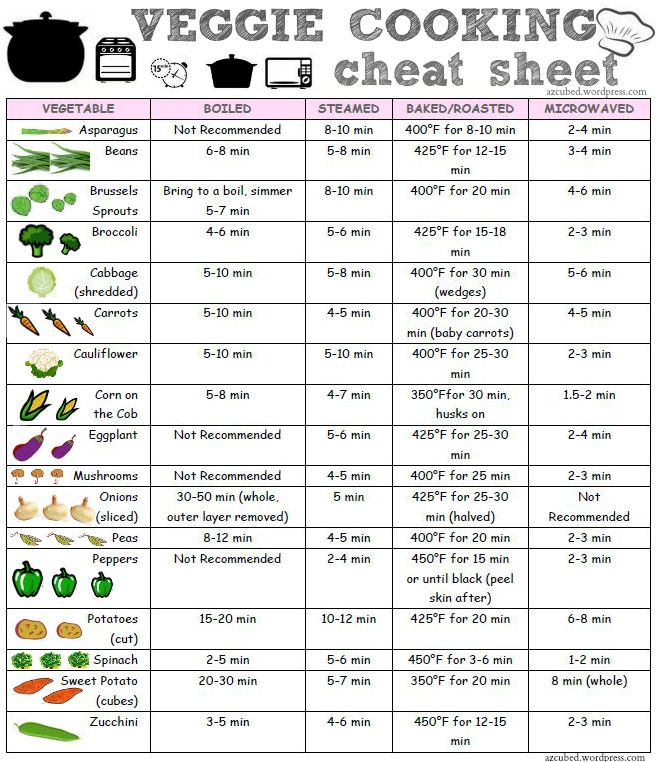 It will take two weeks to introduce a new product, during which time the baby will get used to the new food and it will be possible to add the next ingredient, for example, cauliflower. The scheme is repeated: add half a teaspoon to the usual portion and dilute with breast milk. Gradually increase the share of a new product at the expense of an already familiar one.
It will take two weeks to introduce a new product, during which time the baby will get used to the new food and it will be possible to add the next ingredient, for example, cauliflower. The scheme is repeated: add half a teaspoon to the usual portion and dilute with breast milk. Gradually increase the share of a new product at the expense of an already familiar one.
Helpful Hints:
Why zucchini
This early vegetable does not have a pronounced taste and smell, but it contains useful substances and delicate fiber. The composition of zucchini is approximately the following:
There are only 20 kcal per 100 g of vegetable, which means that eating puree will not affect the child's weight in any way. Nutritionists and pediatricians believe that the balance of carbohydrates, proteins, trace elements and vitamins in this case is ideal, unripe zucchini is especially useful. Manufacturers of baby food take this into account, as well as the fact that the fruits contain:
The delicate texture of young zucchini and the nutrients make zucchini one of the best complementary foods for little ones.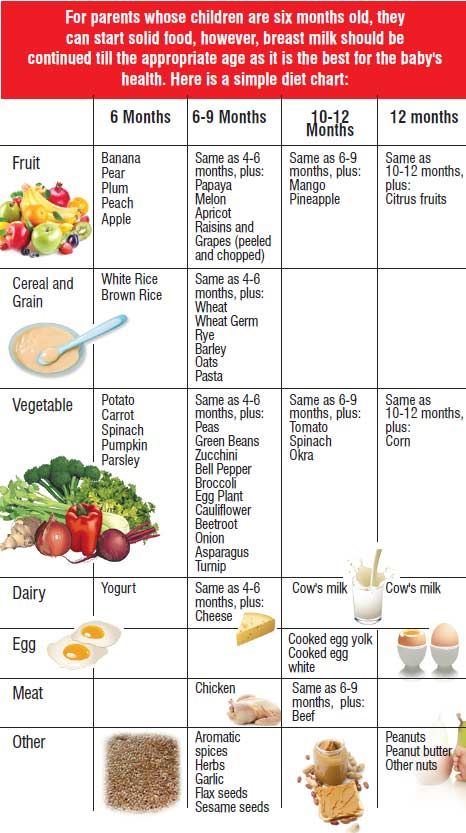
Vegetable puree from zucchini in the child’s diet is useful, they:
The zucchini are easily absorbed, do not cause allergies, do not cause mucous membranes, do not cause mucous shells and gently help to cope with constipation. It is important that fiber creates a favorable environment for the development of the necessary microflora that prevents dysbacteriosis.
Pediatricians are sure that complementary foods should be started with foods typical for the region where you live. From this point of view, zucchini and baby food with the addition of this vegetable are ideal.
Home cooking or canned zucchini puree
Homemade zucchini puree will surely taste better than the factory one, and the content of useful substances will also be preserved in it.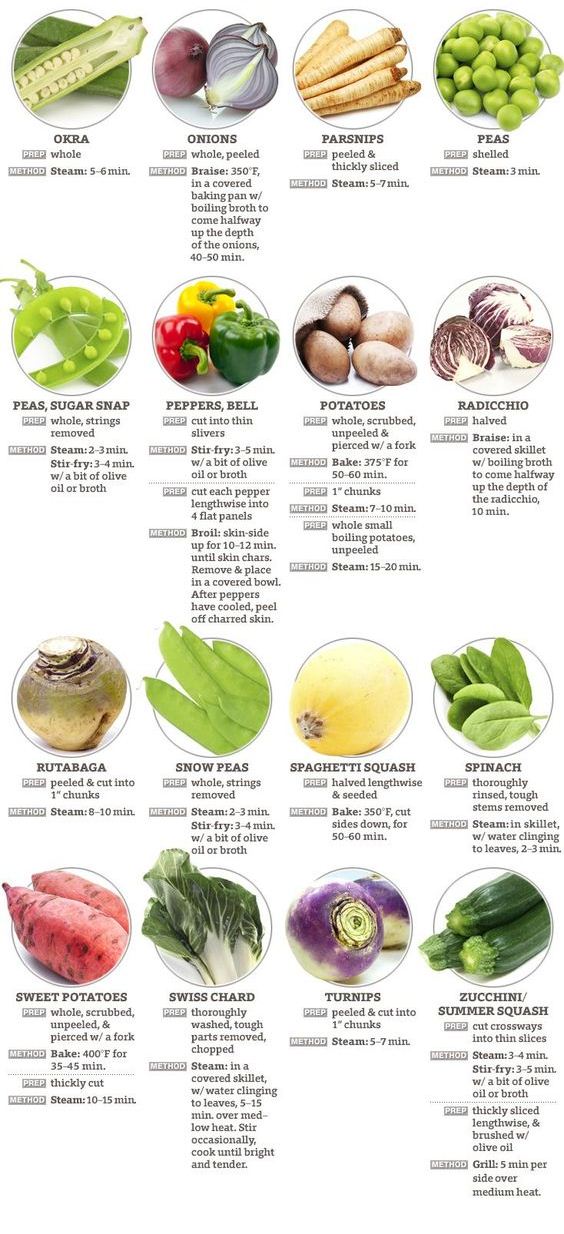 But, WHO insists that the first complementary foods be of industrial production. Even with strict adherence to purity and recipe, you cannot be sure that the zucchini bought on the market or in the store was grown in environmentally friendly conditions and without the use of chemicals and fertilizers.
But, WHO insists that the first complementary foods be of industrial production. Even with strict adherence to purity and recipe, you cannot be sure that the zucchini bought on the market or in the store was grown in environmentally friendly conditions and without the use of chemicals and fertilizers.
Canned puree is homogenized, that is, under industrial production conditions, it is possible to achieve its complete homogeneity without separation into juice and pulp. This can be achieved as a result of repeated mixing, which is difficult to produce at home. It is this consistency that is suitable for the first portions of complementary foods, which should not differ sharply from mother's milk. When opening a jar for the first time, you may be surprised by the liquid puree, but it is easier for a baby to swallow such food than a thick mass.
Baby puree at the enterprise is prepared in vacuum apparatus, evaporating moisture at temperatures up to 100°C. In this mode, useful substances are preserved as much as possible.
How to choose the perfect mashed potatoes
The choice of mashed potatoes in baby food stores is huge. There are always a dozen jars of different manufacturers on the shelves. It is difficult to guess which product is trustworthy from the first time, and it is also not always correct to focus on the tastes of friends. You should not take into account your own preferences, but choose a product that your child will like.
Assortment of zucchini baby food
Canned zucchini puree is produced by almost all manufacturers. We did a little research on the samples. The enterprises carry out strict control, the recipe has been thoroughly tested, the quality of all products is decent, many companies use only self-grown vegetables.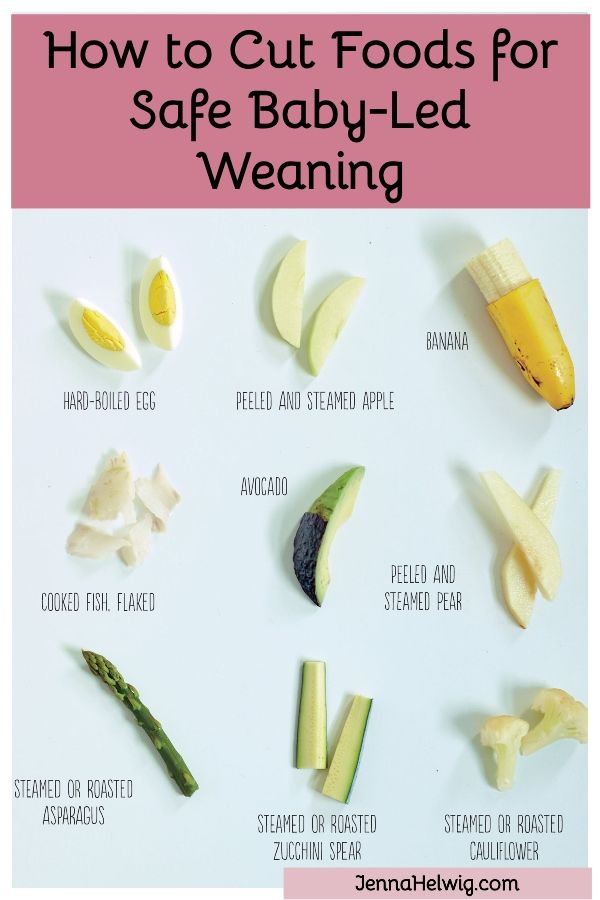
Squash puree with additives
When the child gets used to zucchini puree, you can move on to baby food with several vegetables or with the addition of fruits and milk.
| Manufacturer | Description |
| "Gerber" | This baby food is available in several varieties: sauté with potatoes and cauliflower, apple and broccoli, salad with cauliflower and potatoes milk. |
| "Hipp" | German food made from courgettes, potatoes and rice. The composition includes rapeseed oil, rich in omega-3 and -6 fatty acids. |
| "Bebivita" | Country of origin - Germany. In 100g glass jars, zucchini is thickened with rice flour and topped with corn oil. |
| "Semper" | In Sweden they produce squash puree with potato flakes and olive oil. In glass jars 125 grams of nutrition for children after 4 months. |
| Nestle | The Swiss quality of the famous manufacturer guarantees complete nutrition of children who have reached 8 months. Ingredients: zucchini, potatoes, rice flour, spinach, parsley, vegetable oil. |





